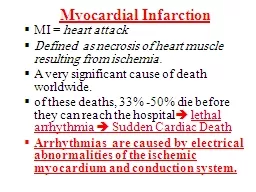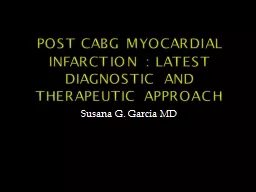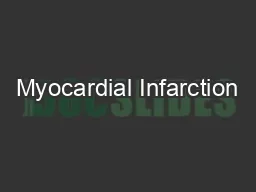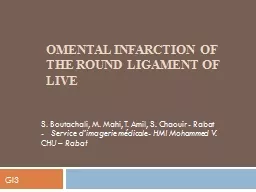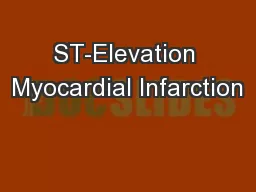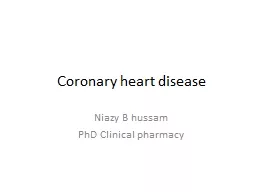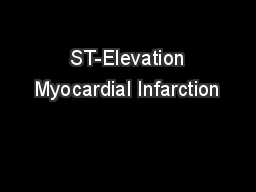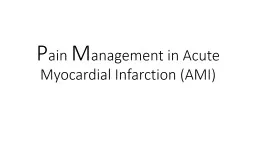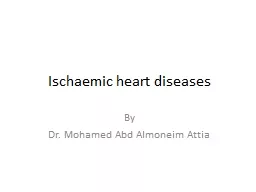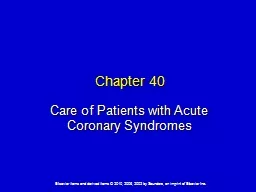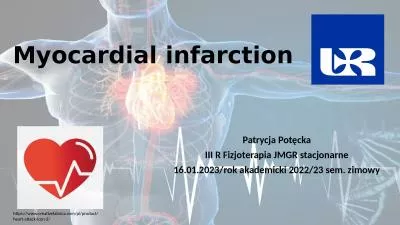PPT-Myocardial Infarction
Author : trish-goza | Published Date : 2016-11-06
MI heart attack Defined as necrosis of heart muscle resulting from ischemia A very significant cause of death worldwide of these deaths 33 50 die before they
Presentation Embed Code
Download Presentation
Download Presentation The PPT/PDF document "Myocardial Infarction" is the property of its rightful owner. Permission is granted to download and print the materials on this website for personal, non-commercial use only, and to display it on your personal computer provided you do not modify the materials and that you retain all copyright notices contained in the materials. By downloading content from our website, you accept the terms of this agreement.
Myocardial Infarction: Transcript
Download Rules Of Document
"Myocardial Infarction"The content belongs to its owner. You may download and print it for personal use, without modification, and keep all copyright notices. By downloading, you agree to these terms.
Related Documents

